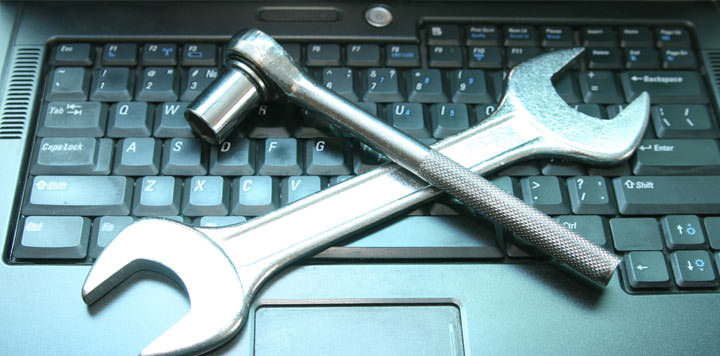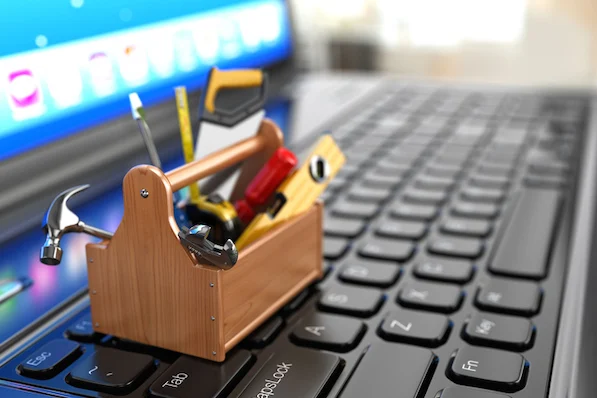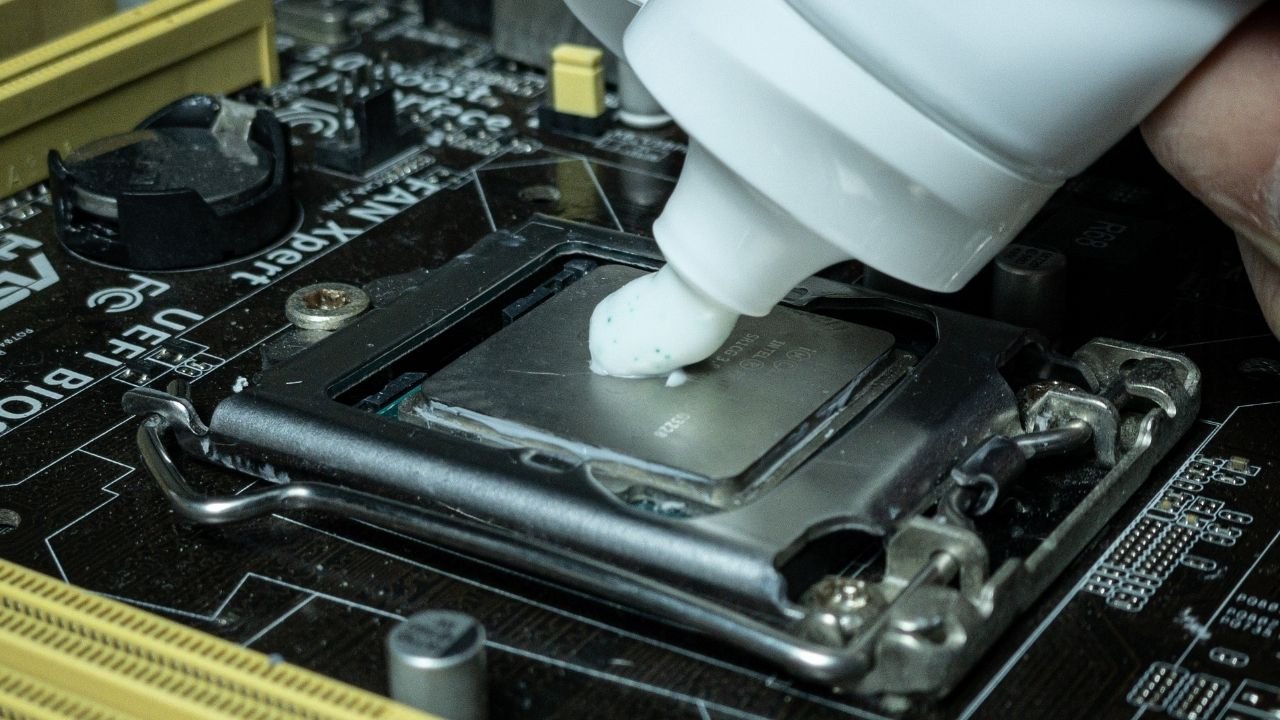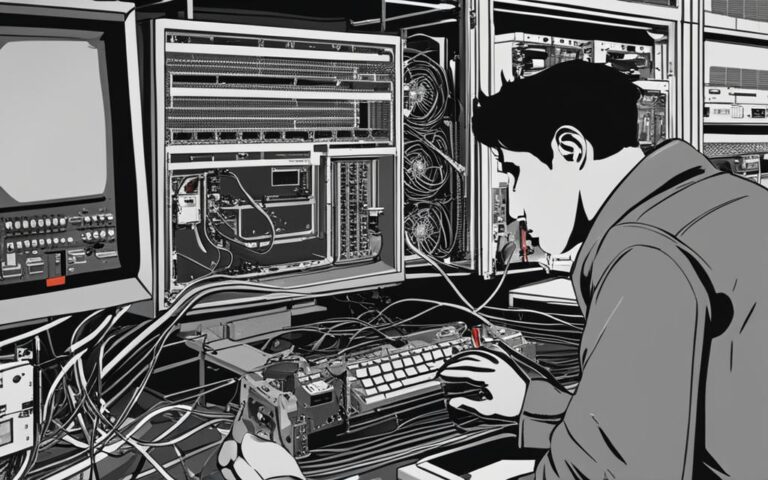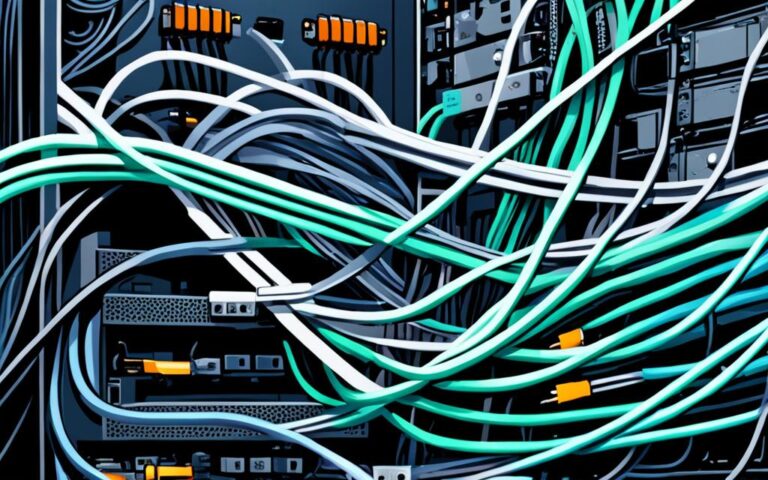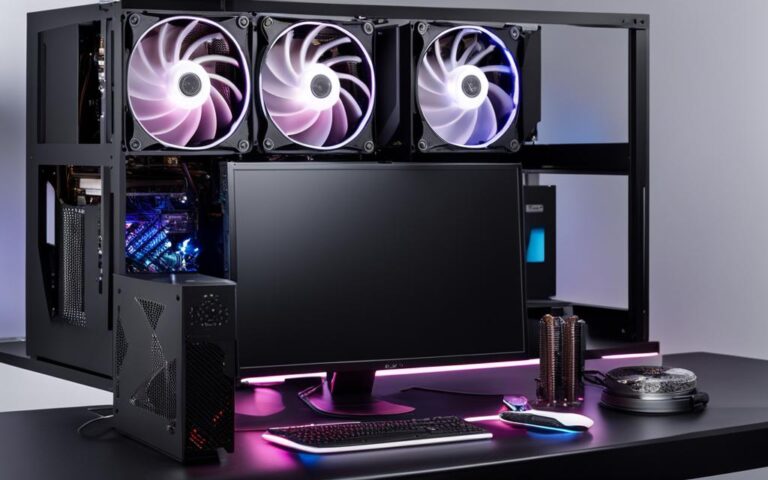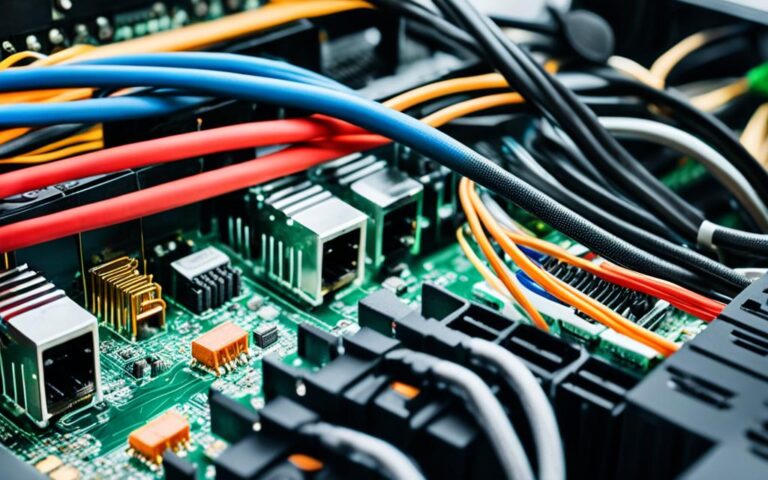Troubleshooting 101: Basic Steps Before You Call the Expert
In our digitally-driven world, understanding “Troubleshooting 101” is essential. This guide delves into the basics of device problem-solving, ensuring you’re equipped to tackle common issues before seeking expert intervention.
In an era where digitalization has permeated every facet of our existence, our reliance on electronic devices is not merely a matter of convenience, but a fundamental necessity. Computers, smartphones, tablets, and an assortment of other gadgets have evolved from luxury items to crucial cogs in the machinery of our daily routines. They assist us in tasks ranging from mundane chores like setting morning alarms to complex assignments like data analytics, content creation, and virtual communication.
However, this dependence comes with its own set of challenges. Each device, regardless of its sophistication or brand reputation, is vulnerable to issues and malfunctions. As the intricacies of software harmonize with the precision of hardware, there are bound to be occasional dissonances. Sometimes, a minor software glitch can send us into a spiral of confusion, or a hardware hiccup can interrupt our workflow, casting shadows of uncertainty about how to proceed.
While it’s tempting to immediately ring up a technician or visit a repair service at the first sign of trouble, many of these challenges have simple remedies that can be administered at home. By understanding the foundational aspects of troubleshooting 101, users can not only save time and money but also become more attuned to the nuances of their devices, potentially preventing future issues.
This comprehensive guide is curated to demystify the art of basic troubleshooting. It offers a pragmatic approach for the everyday user, shedding light on preliminary steps to tackle common device-related challenges. Before jumping to conclusions or feeling overwhelmed, arm yourself with this toolkit of knowledge. Dive in to explore a systematic roadmap to navigate the often intimidating realm of tech hiccups and glitches, all before making that call to the expert.
1. Power Issues: To Restart or Not?
Every device user, at some point, has faced the dilemma of an unresponsive gadget. While it might seem trivial, restarting often acts as a panacea for a range of problems.
Steps:
- Ensure the device isn’t drained of battery. Plug it in and wait a few minutes.
- If it remains unresponsive, force a restart by holding down the power button.
- However, excessive or frequent restarting can put undue stress on the system and should be avoided.
For a deeper dive into computer-related power issues, this dedicated guide on the evolution of computer servicing is an enlightening read.
2. Troubleshooting 101: Connectivity Concerns
In the age of digital communication, staying connected has become paramount. However, “Troubleshooting 101” teachings remind us that connectivity issues can stem from a myriad of factors, including hardware glitches, software anomalies, or even wider service outages.
Steps:
- Check Your Basics: Start with ensuring Wi-Fi or mobile data is active. A simple toggle on and off can often rectify unforeseen glitches.
- Reset to Refresh: A tried-and-true method in Troubleshooting 101 – rebooting the router or modem can clear minor connectivity bugs.
- Broadened Outages: Sometimes, the problem is bigger than your device. Consult with your service provider or peruse local online forums to identify larger service disruptions.
For intricate connectivity problems, a dive into this repair services page provides a complete guide.
3. Troubleshooting 101 on Software Glitches and Updates
The soul of our digital devices, software, drives tasks big and small. But when they’re out of date or malfunctioning, they can be the culprits behind sluggish or unpredictable operations.
Steps:
- Stay Updated: As any “Troubleshooting 101” guide would advise, ensure your software versions are up to date.
- Purge the Excess: Over time, cache and temporary files pile up, causing a drag. Periodic clearing can rejuvenate device speed.
- App Anomalies: If an app consistently misbehaves, consider reinstalling it as a fresh start.
For further insights into software troubles, this comprehensive guide on performance optimization and regular maintenance is a must-read.
4. Troubleshooting 101: Addressing Hardware Concerns
Hardware issues can be blatant, often intimidating for many. Yet, understanding and tackling them is a fundamental part of “Troubleshooting 101.”
Steps:
- Hear the Signs: Peculiar noises from devices, particularly computers, are early indicators of hardware troubles.
- Visual Inspections: Seek out obvious damages like cracks or dislodged components.
- Internal Cleaning: Dust accumulation isn’t just unsightly; it affects device efficiency. Clean interiors periodically.
Explore the intricacies of hardware health with this detailed piece on the role of dust in computer degradation.
5. Troubleshooting 101 for Data Access and Recovery
Data loss can stir panic. Yet, “Troubleshooting 101” instills confidence in addressing such alarming situations.
Steps:
- The Restart Rule: A foundational step in Troubleshooting 101 – sometimes, a mere restart can restore data pathways.
- Alternate Access: Attempt retrieving your data via a different device or software.
- Online Solutions: There’s an array of basic recovery tools online that might assist in fetching lost data.
For complex data dilemmas where information seems unattainable, a glance at these professional data recovery services might be the solution.
6. Mobile and Tablet Specifics
Phones and tablets, while robust, come with their own set of challenges.
Steps:
- Check for physical anomalies. A clean, undamaged screen ensures optimal touch response.
- Rogue apps can be resource hogs. Regularly review and prune unnecessary apps.
- Reset settings (without data loss) to revert any unfavorable configurations.
For a nuanced perspective on mobile issues, the mobile phone repairs and tablet repair sections are invaluable resources.
7. Safe Handling and Storage
Proper care can significantly prolong the lifespan of devices.
Steps:
- Always keep electronics away from water and other liquids.
- Protective accessories, such as cases and screen guards, can prevent accidental damage.
- Store in cool, dry environments to prevent overheating or moisture damage.
For a comprehensive guide on equipment care, see how to safely handle and store computer components.
8. Virus and Malware Scans
In this internet age, the risk of malware, viruses, and phishing attacks is ever-present. A sudden degradation in your device’s performance might be attributed to these malicious entities.
Steps:
- Regularly update and run antivirus and antimalware software.
- Be wary of downloading files or software from unverified sources.
- If the system seems unusually slow or behaves erratically, initiate a thorough scan.
To grasp the intricacies of dealing with computer viruses, delve into this guide on PC virus removal.
9. Drivers and Software Compatibility
Every piece of hardware in your device requires a software driver to communicate effectively. Incompatibilities or outdated drivers can lead to malfunctions.
Steps:
- Ensure that all drivers are updated.
- After a software update, check if peripheral devices (like printers) still work smoothly. They might need a driver update.
- Use the device’s “Device Manager” to troubleshoot hardware conflicts.
A blog on the evolution of computer servicing provides deeper insights into this intricate dance between hardware and software.
10. Overheating Issues
Overheating can lead to severe hardware damage and degrade the performance of any electronic device.
Steps:
- Ensure proper ventilation. Avoid placing laptops on soft surfaces like beds.
- Clean vents and fans regularly to ensure efficient cooling.
- Consider using cooling pads for devices prone to overheating.
For a comprehensive understanding of maintaining device temperatures, the guide on the importance of thermal paste in computer longevity is an enlightening read.
Expert Consultation and Periodic Maintenance
As with any machine, periodic maintenance can preempt many issues in electronic devices. It can also extend their lifespan and ensure optimal performance.
Steps:
- Even if no issues are apparent, consider periodic checks from professionals.
- Backup data regularly. An unforeseen hardware failure shouldn’t lead to data loss.
- Invest in quality protective gear, like surge protectors, to safeguard your devices from electrical anomalies.
For those looking for specialized maintenance and care, Scot-comp’s range of services caters to a plethora of electronic devices.
Understanding the Problem
Before diving headfirst into solutions, it’s pivotal to understand the root of the issue. By identifying the problem’s origin, you can approach troubleshooting 101 in a more structured and effective manner.
Steps:
- Document the Problem: Jot down what you were doing when the issue occurred. Were there any error messages? Capture screenshots if possible. This can offer clues or be helpful if you need to contact an expert later.
- Recreate the Scenario: If it’s a recurring issue, try to replicate the steps leading to the problem. This can help isolate the issue.
11. Software Updates and Patches
Software updates aren’t just about new features; they often contain fixes for bugs or vulnerabilities identified since the last version.
Steps:
- Regularly check for system or application updates.
- Ensure your operating system is up-to-date. Sometimes, issues arise merely because the software is outdated.
For more on how software has evolved over the years and why updates are crucial, refer to the evolution of computer servicing.
12. Connectivity Issues
Connectivity issues can stem from various sources – it might be your device, the router, or the service provider.
Steps:
- Restart your modem and router. This often resolves minor glitches.
- Check if other devices are facing similar issues. If they are, the problem might be external.
- Ensure all wires and connections are secure.
For mobile devices struggling with connection, the mobile phone repair guide might offer valuable insights.
13. Data Back-Up and Recovery
While not a troubleshooting 101 step per se, backing up data is a preventive measure. Data loss can be devastating, but preventive steps can mitigate risks.
Steps:
- Regularly back up important files to external drives or cloud services.
- If you suspect data loss, stop using the device immediately to avoid overwriting data.
- Utilize reliable data recovery tools or services.
For expert intervention in critical scenarios, consider reaching out to services specializing in data recovery.
14. Check Online Forums and FAQs
Sometimes, the issues you’re facing have been encountered (and resolved) by countless others before you.
Steps:
- Search for your problem on trusted tech forums.
- Visit the manufacturer’s FAQ or support page. Often, common issues are addressed there.
Scot-comp’s FAQ is an excellent resource for commonly encountered challenges and their solutions.
Final Words
Remember, while troubleshooting 101 can feel like navigating a labyrinth, the journey empowers you to better understand and care for your devices. The steps outlined here are designed to equip you with a basic framework, but there will always be cases that defy simple solutions. In those instances, it’s crucial to know when to call in the experts. With outlets like Scot-comp, you’re never truly alone in your tech journeys. They stand as a testament to the balance between self-reliance and seeking professional help when the situation demands it.
Conclusion
Navigating the intricate landscape of digital devices has become an indispensable life skill in our modern age. As we arm ourselves with basic troubleshooting 101 knowledge, we can address many challenges independently, ensuring our digital lives run more smoothly. Yet, there’s a wealth of external resources and communities online, like TechCrunch’s gadget section, which offers insights into the latest technological advancements, or forums on Stack Exchange’s Super User, where tech enthusiasts collaborate to solve complex issues. As we journey through our digital lives, it’s essential to strike a balance between leveraging personal knowledge and tapping into the vast reservoir of expertise available online. Remember, in the vast digital ocean, you’re never truly alone; there’s always a community or expert a click away, ready to assist.
